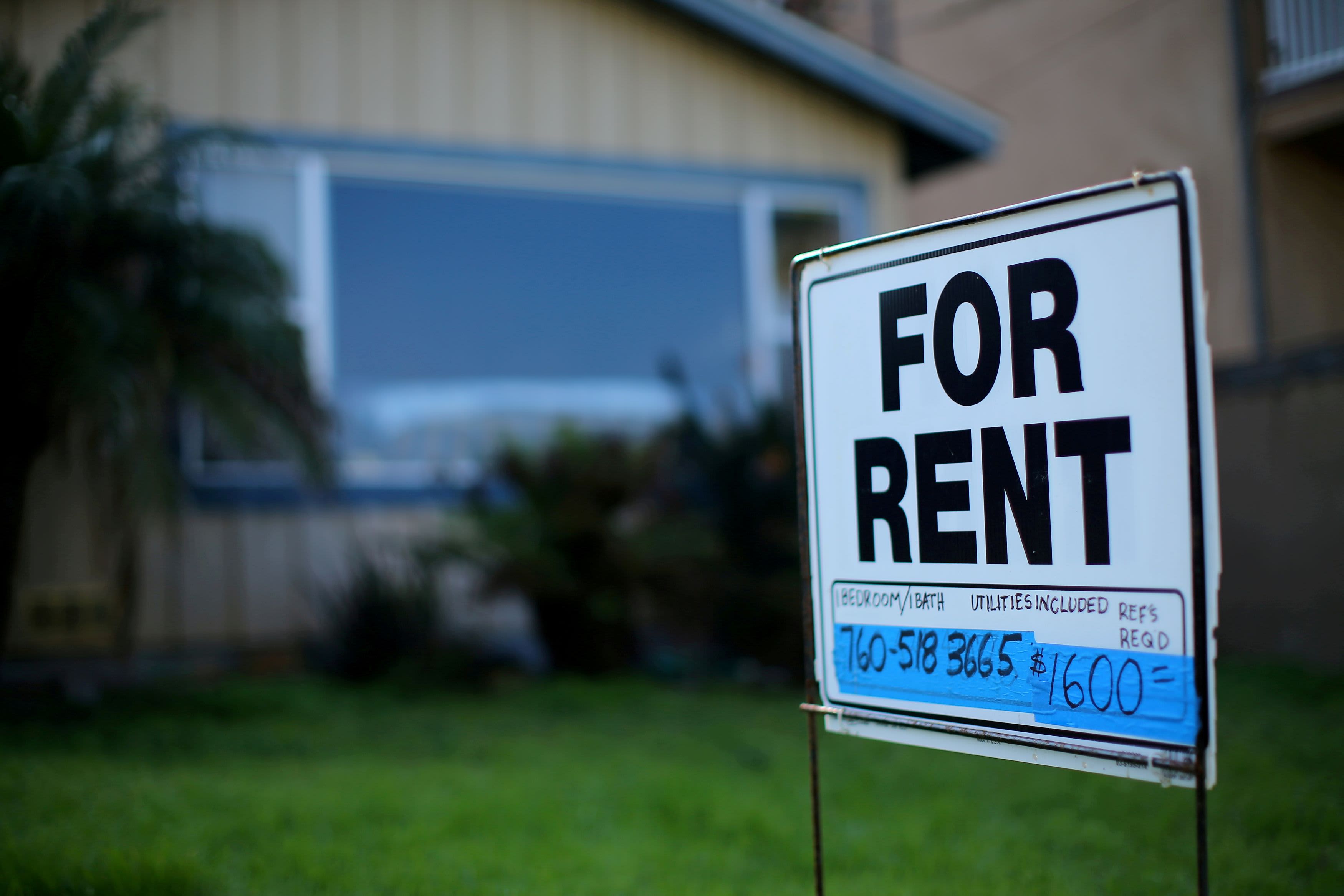If you think buying a house has become too expensive, try renting a home or apartment. Fast-rising home prices have investors seeing dollar signs, and renters digging deeper into their wallets.
Rents for apartments rose 1.3% in April, according to RealPage, which is the fastest pace for a single month in about a decade. And the jump comes right at the beginning of prime leasing season, as the majority of household moves occur between April and September.
In the San Francisco Bay area, which saw rents plummet amid the coronavirus pandemic, renters are coming back as vaccinations encourage people to return to cities. Rents finally began to rise again in May, although they were still down about 21% from their pre-pandemic peak, according to Zumper, a rental app.
“Our data shows promising signs that the ‘Grand Unlock’ is underway. After more than a year of uncertainty and volatile rents due to the pandemic, we are seeing signs of rebound and stability,” said Anthemos Georgiades, CEO and Co-Founder of Zumper.
Single-family rentals are rising even faster. Rents for those homes jumped 4.3% in March compared with a year ago, according to CoreLogic. That’s up from a 3% year-over-year increase in March 2020. Demand is outstripping supply, as the occupancy for single-family rentals is at a generational high, according to the U.S. Census.
The index, “shows a preference shift to standalone properties as renters seek more space in less dense areas,” said Molly Boesel, principal economist at CoreLogic. “Prior to the pandemic, rents for detached properties and attached properties grew at similar rates. However, starting in June 2020, rent growth for detached properties accelerated and by March, grew at five times the rent growth rate of attached properties.”
High home prices are also driving more people to rent single-family homes. They simply can’t afford to buy. As rents move higher, however, affordability will start to play into that demand as well. Just over a third of consumers surveyed by CoreLogic said they already feel rental options in their neighborhood are not very or not-at-all affordable.
Rents for single-family homes are also growing faster at the higher end of the market. Below is CoreLogic’s breakdown of rent increases by price tier:
· Lower-priced (75% or less than the regional median): 3.2%, down from 3.8% in March 2020
· Lower-middle priced (75% to 100% of the regional median): 3.7%, up from 3.1% in March 2020
· Higher-middle priced (100% to 125% of the regional median): 4.2%, up from 2.9% in March 2020
· Higher-priced (125% or more than the regional median): 5%, up from 2.8% in March 2020
Given the higher rents these properties can command, investors are plowing back into the market. Home sales to investors rose 2.7% year over year in the first quarter of this year, marking the first period of growth since the coronavirus pandemic began, according Redfin a real estate brokerage. Investors bought about 1 of every 7 U.S. homes (14.9%) in the first quarter.
“Investors are likely starting to feel more comfortable because the economy is in recovery mode,” Redfin Senior Economist Sheharyar Bokhari said. “They also may be jumping back in because they see the intensifying shortage of homes for sale as an opportunity. With so few houses on the market, many families are resorting to rentals.”
Investors also often have the benefit of cash, making them far more competitive in an already competitive market. All-cash buyers made up 25% of home sales in April, according to the National Association of Realtors, up from just 13% the previous April.
Roofstock, an online property sales and management company that facilitates investor purchases, said it saw substantial growth in the first quarter, in both the number and dollar value of homes transacted on its platform. The gross merchandize value of the homes bought and sold was more than $380 million, a 569% increase over the first quarter of 2020.
“While we did experience a downturn in Q2 and Q3 of last year, in Q4 the market came roaring back, and we are now experiencing unprecedented levels of demand across our platform,” said Gary Beasley, CEO and co-founder of Roofstock. “In fact, COVID has encouraged people to increasingly transact digitally since travel has been restricted, and we’ve seen that over 90% of rentals purchased through Roofstock are more than 250 miles away from where the investor lives.”
